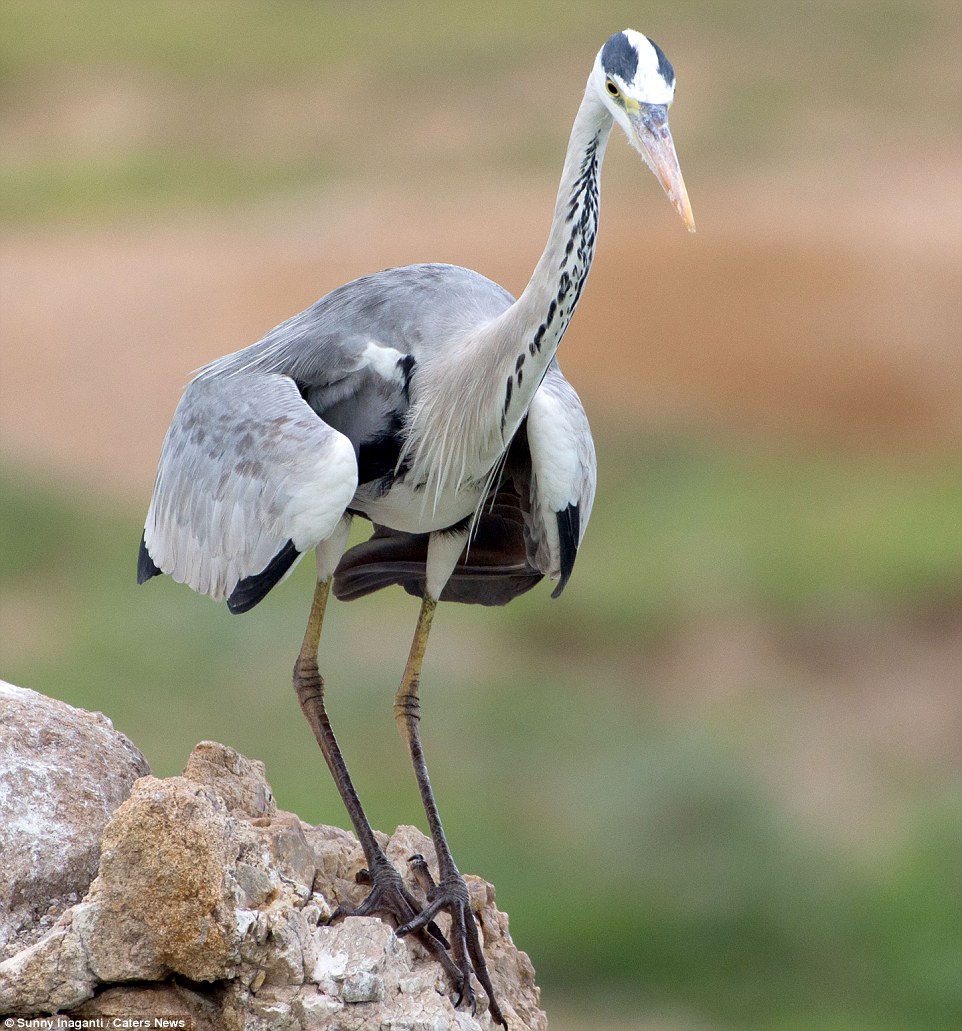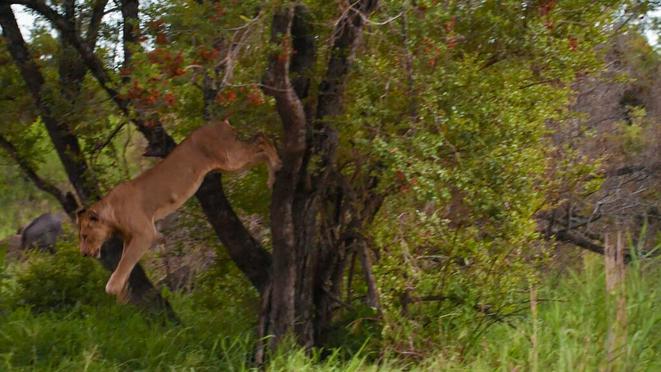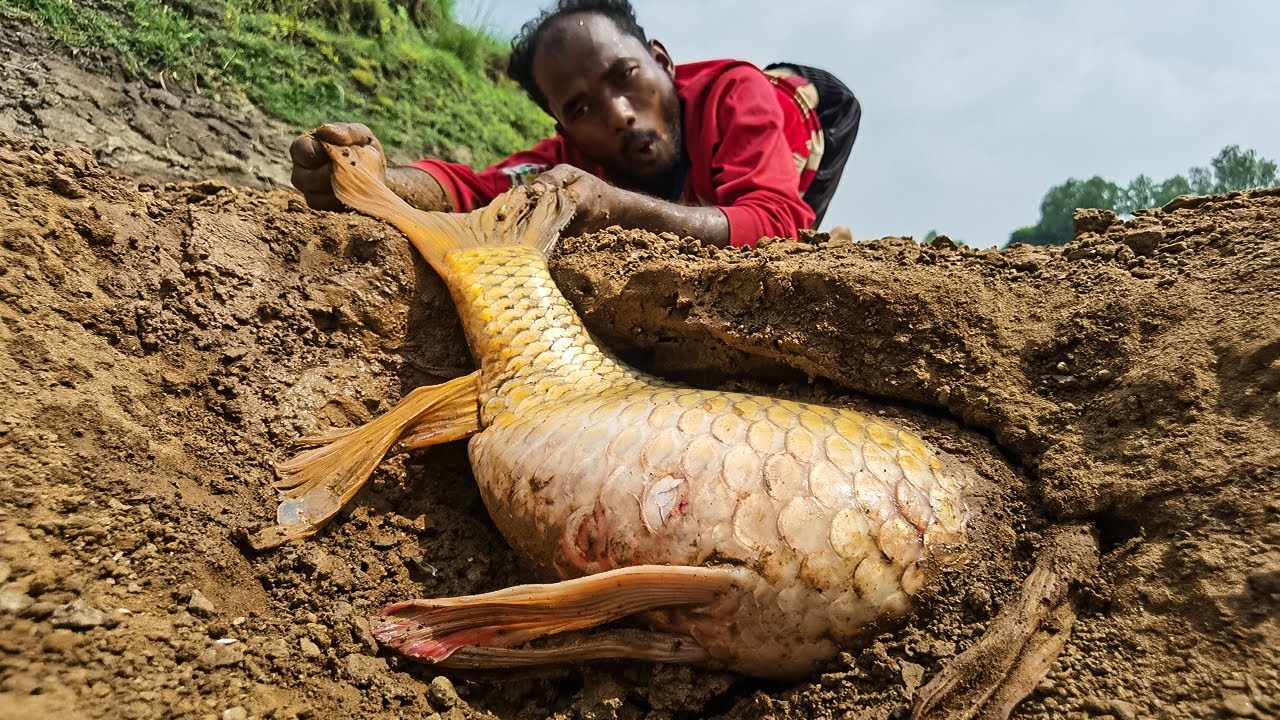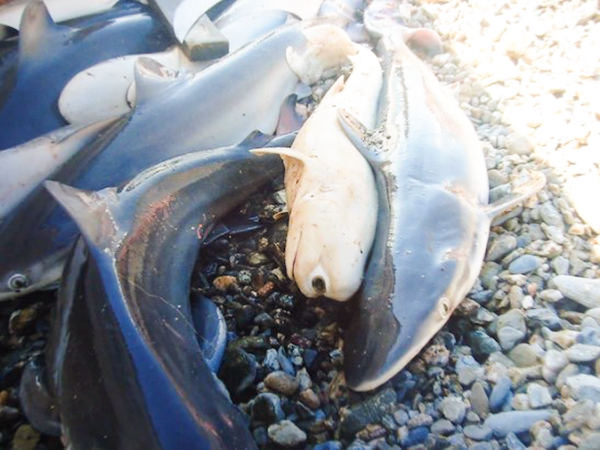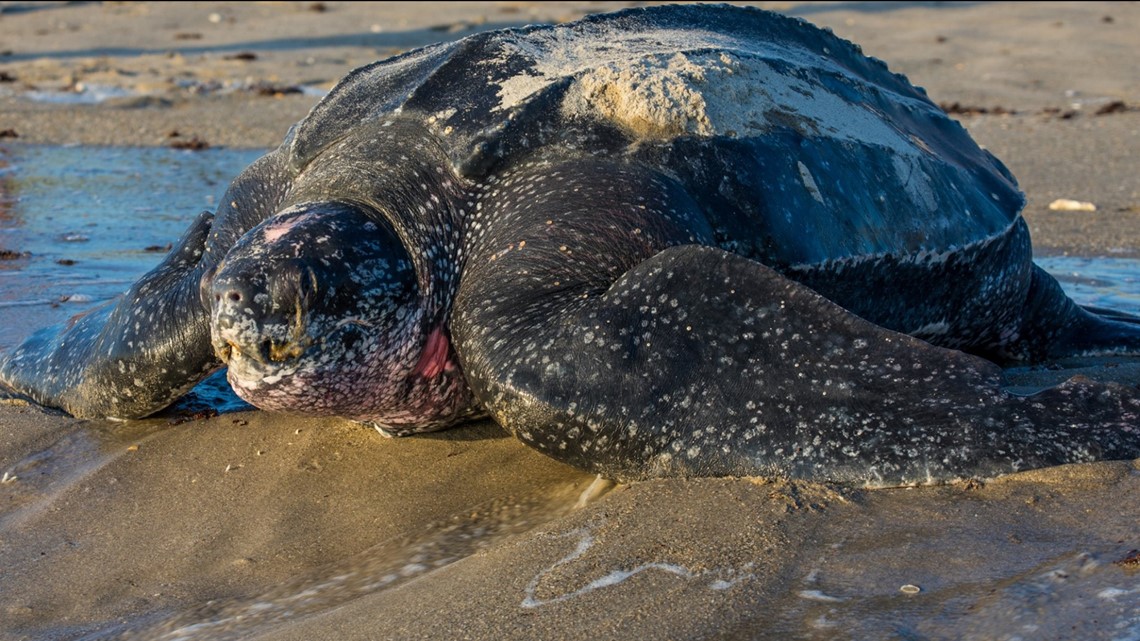The California condor is one of the largest flying birds in the world and is considered one of North America’s most iconic species. However, this majestic bird has had a tumultuous history and is currently on the brink of extinction.
Once found throughout much of North America, the California condor’s population began to decline rapidly in the late 19th and early 20th centuries. Habitat loss, hunting, and lead poisoning were major factors contributing to their decline. By 1987, only 27 individuals remained in the wild, and the species was on the verge of extinction.

Efforts to save the California condor began in the 1980s with a captive breeding program. Today, there are over 500 California condors, with roughly half living in the wild and the rest in captivity. Despite this progress, the species still faces significant challenges, including lead poisoning from ingesting bullet fragments in carrion and habitat loss due to development and climate change.

The California condor plays an important role in its ecosystem as a scavenger, helping to clean up dead animals and preventing the spread of disease. Their presence also serves as an indicator of the health of the ecosystem they inhabit.
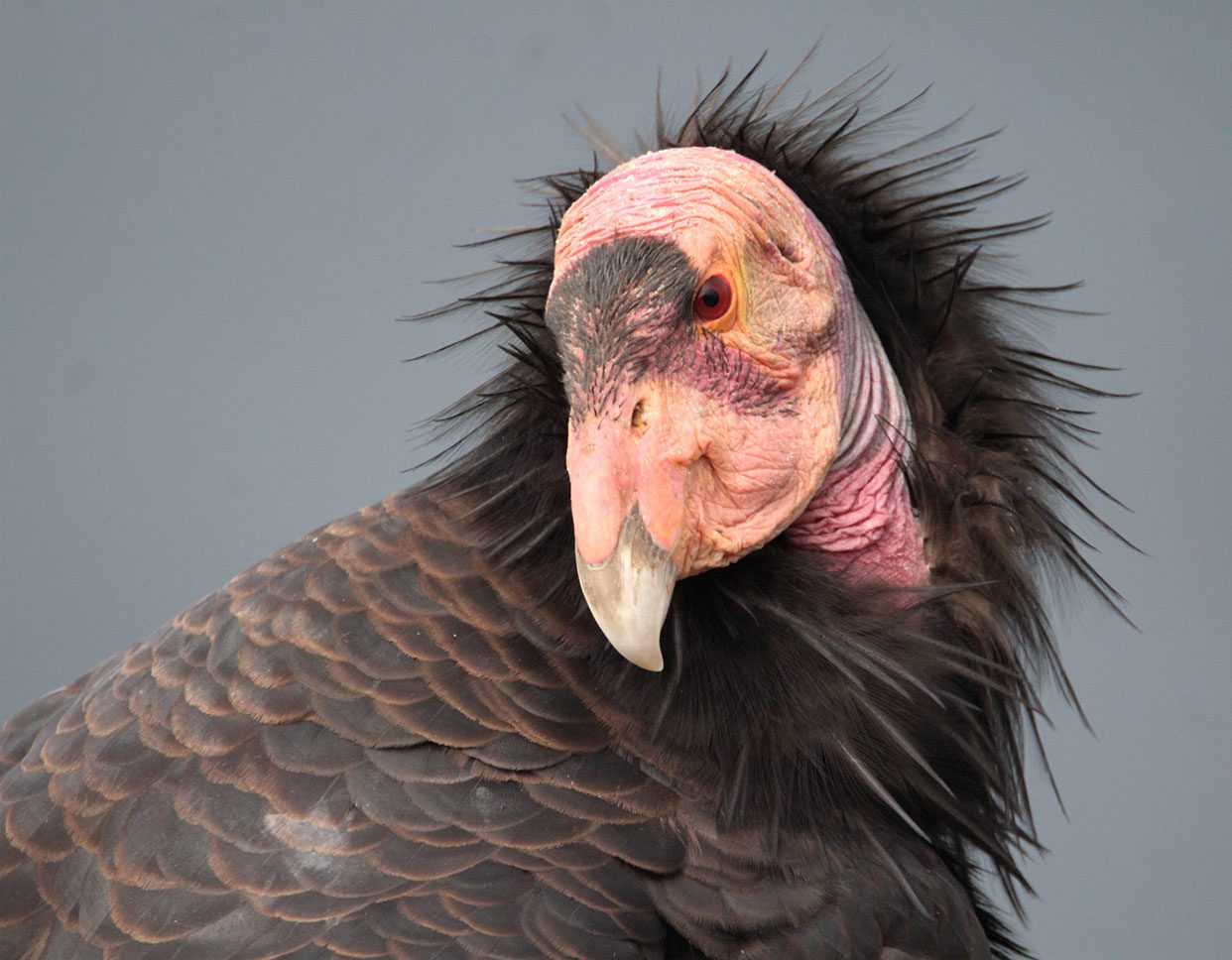
Efforts are underway to protect and conserve the California condor and its habitat. This includes the implementation of lead-free ammunition in hunting areas, habitat restoration projects, and public education campaigns. The goal is to create a sustainable population that can thrive in the wild and contribute to the overall health of their ecosystem.
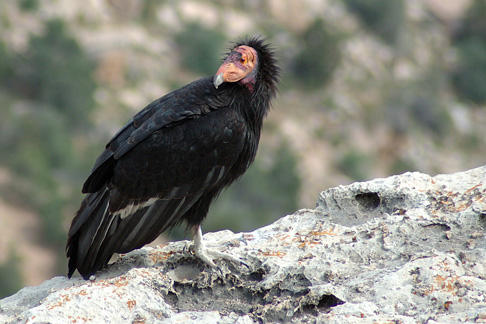
The story of the California condor is a reminder of the impact that humans can have on the natural world and the importance of conservation efforts. By working together to protect and preserve threatened species like the California condor, we can help to ensure that they continue to play a vital role in the ecosystem and inspire future generations to appreciate and protect the natural world.




